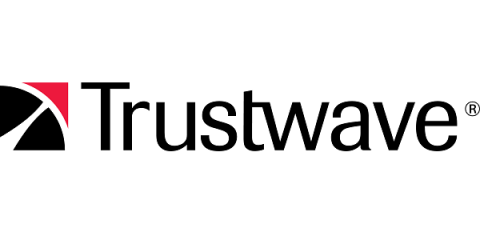Why Threat Hunting is Crucial to a Managed Detection and Response Service
Managed detection and response (MDR) is justifiably one of the fastest-growing areas of cybersecurity, with Gartner estimating 50 percent of organizations will be using MDR services by 2025. But in choosing an MDR service, security pros should take into consideration what kind of expertise the provider can bring to bear – and how that expertise should extend beyond the MDR service itself.










